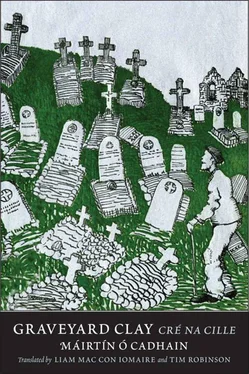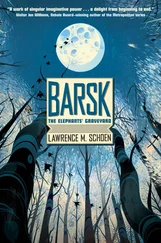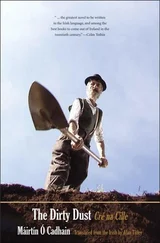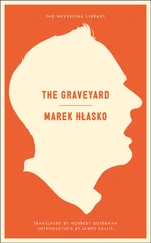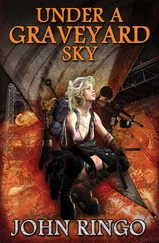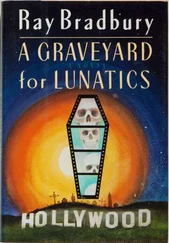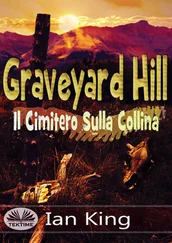Ó Cadhain had parted company with An Gúm since it had refused to publish some of his best writing, including Cré na Cille . Luckily for him and his readers, Seán Ó hÉigeartaigh, together with his wife, Bríghid Ní Mhaoileoin, had founded Sáirséal agus Dill in 1947 to cater for a new generation of Irish-language writers whose work An Gúm refused to publish. Ó Cadhain said in Páipéir Bhána agus Páipéir Bhreaca (translated from the Irish): “Around the time I was writing Cré na Cille I got to know Seán Sáirséal Ó hÉigeartaigh…. I am certain that I would have stopped writing altogether, or at least stopped writing in Irish, were it not for Seán Ó hÉigeartaigh. Were it not for him I would not have been entered for Duais an Bhuitléaraigh [the Butler Award]. 10It was he who brought news of the Award to me in the Mater [Hospital] in Dublin. He used to come in to me for a while every evening, correcting proofs of a script of mine on modern Irish literature and proofs of An tSraith ar Lár …. He came in the day he died.” 11
When Seán Ó hÉigeartaigh died suddenly in the Sáirséal agus Dill office on 14 June 1967, Ó Cadhain rose from his hospital bed to deliver a moving graveside oration in Templeogue cemetery in Dublin, where he told the mourners (translated from the Irish): “If there is an Irish language literature since 1940 it is because Seán Ó hÉigeartaigh saw to it that it would be so.” 12
Three years later, Máirtín Ó Cadhain died in the Mater Hospital in Dublin, on 18 October 1970. Seán Ó hÉigeartaigh’s son, Cian Sáirséal Ó hÉigeartaigh, in his graveside oration in Mount Jerome cemetery in Dublin, spoke for many when he said (translated from the Irish): “He [Máirtín Ó Cadhain] was the greatest man to emerge from the Gaeltacht since the whole of Ireland was a Gaeltacht.” 13
Tomás de Bhaldraithe, professor of Irish at University College Dublin and editor of the 1959 English-Irish Dictionary , wrote in an obituary after the death of Ó Cadhain: “When many a learned academic will be forgotten, Máirtín Ó Cadhain will be remembered for his contribution to Irish life in general, and in particular for his efforts, both literary and political, which put new heart into the young people of Conamara, and for his creative writing which has given such pleasure and encouragement to readers of Irish.”
The Publication History of Cré na Cille
The history of the text is intricate and unusually so for a work of the modern period. Cré na Cille was written during the period 1945–1947 and then submitted to the annual Oireachtas literary competition in 1947. This entailed the production of multiple copies by hand. 14The novel was then serialised between February and September 1949 in the Irish Press ( Scéala Éireann , in Irish), which enjoyed a wide urban and rural circulation. The newspaper had close associations with Éamon de Valera and the Fianna Fáil party and was also a literary platform of some significance in the postwar period.
Following serialised publication to considerable acclaim, the manuscript was submitted to the state publications agency, An Gúm. Faced with such a radical departure from established literary convention as having corpses squabbling in their graves, An Gúm gave it a lukewarm reception. The text, and author, ultimately found a champion in Sáirséal agus Dill, the small publishing house in Dublin owned and managed by Seán Sáirséal Ó hÉigeartaigh (1917–1967) and his wife, Bríghid (1920–2006). Established in 1947, Sáirséal agus Dill had already gained a reputation for publishing quality contemporary fiction of literary merit. For a fledgling enterprise, its standards of design and production were also of the highest calibre.
The publication of Cré na Cille in book format was flagged by Comhdháil Náisiúnta na Gaeilge as early as March 1948 in a publicity blurb about Máirtín Ó Cadhain in the literary journal Comhar . Despite a printed publication date of 1949 in the first edition, the book did not actually appear until 10 March 1950. 15It must be said that this has not been generally taken into account in the assessment of the earliest published reviews. The first edition was published in hardback, with black publisher’s cloth boards, in octavo format, with a grey dust jacket carrying a depiction of a graveyard by Charles Lamb, an associate of the Royal Hibernian Academy. The text runs to 364 pages. Lamb also provided uncluttered, nuanced portraits of the text’s primary characters: Caitríona Pháidín, Tomás Inside, the Big Master, the priest’s sister, Big Brian, and Nell Pháidín. The biographical notes in Irish, unmistakably written by the author himself, are noteworthy for both their brevity and their content, especially from a writer who has been criticised for being excessive with words:
Máirtín Ó Cadhain
Gaillimheach a bhfuil an saol feicthe aige. Seal ina mhúinteoir, seal ina thimire teangan agus muirthéachta, seal ag cruachadh móna i bPáirc an Fhionnuisce agus seal ag tógáil tithe. Chúig bhliana ina ghéibheannach ar an gCurrach.
(A Galwayman who has seen the world. Spent a while as a teacher, a while as an organiser of language and of revolution, a while stacking turf in the Phoenix Park, and a while building houses. Five years in captivity in the Curragh.)
Charles Lamb
Ultach a tháinig go Baile Átha Cliath agus a lonnaigh i gConamara. Ag léiriú saol an Iarthair ó shoin, agus clú fhada leitheadach air dá bharr.
(An Ulsterman who came to Dublin and settled in Conamara. Depicting life in the West since, and is famous for it far and wide.)
The book was reprinted with no apparent textual changes in 1965. The original dust jacket designed by Lamb was now featured on a grey publisher’s cloth hardback. The publisher had also provided copious extracts from a selection of the reviews of the work in minuscule font on the inside front and back covers. As was common practice with many Sáirséal agus Dill publications, the hardback was sold in a clear, transparent plastic dust cover. Reprints were also issued in 1970 and 1979. The reprints of 1965 and 1970 were slightly reduced compared to the first edition, but the 1979 reprint reprised the size of the original publication and also carried an international standard book number (ISBN 0 901374 01 6).
The publisher Caoimhín Ó Marcaigh (1933–2014) acquired Sáirséal agus Dill in 1981. Cré na Cille remained out of print for a considerable period, and controversially so. A second edition in hard and soft covers was published in 1996, the text running to 321 pages. The text of this edition was the subject of considerable comment and criticism on publication. It appeared that a deliberate policy of normalisation had been attempted, of both orthography and accidence, but the sheer scale of typographical errors in the edition rendered the text unreliable. The publication is thought to be the last book designed by Liam Miller (1924–1996) and retains all of the original drawings by Charles Lamb, though the frontispiece portrait of Tomás Inside (Tomás Taobh Istigh) surveying the graveyard has been transposed to the book’s interior.
The third edition of Cré na Cille was prepared by Professor Cathal Ó Háinle and published by Sáirséal Ó Marcaigh in 2007 in hard and soft covers. This text, running to 347 pages, was substantially revised and heavily amended. The editorial principles by which these revisions were implemented are enumerated in a brief paragraph on the dust jacket. We are told that the original manuscript is no longer available but that a copy of the first edition, amended by the author’s own hand in 1950, appears to have formed the basis for many changes to the second edition’s punctuation and orthography. Reference is also made to syntactical and word changes, and the basis for normalisation implemented in the second edition appears to have been adopted as well. It is understood that the rationale for such departures from the text as originally published relates to accessibility, ease of reference, and the desire to facilitate a new generation of readers whose capacity to read non-standardised Irish may be diminished. The dust jacket and soft cover carry a line drawing of Máirtín Ó Cadhain, by Caoimhín Ó Marcaigh.
Читать дальше
